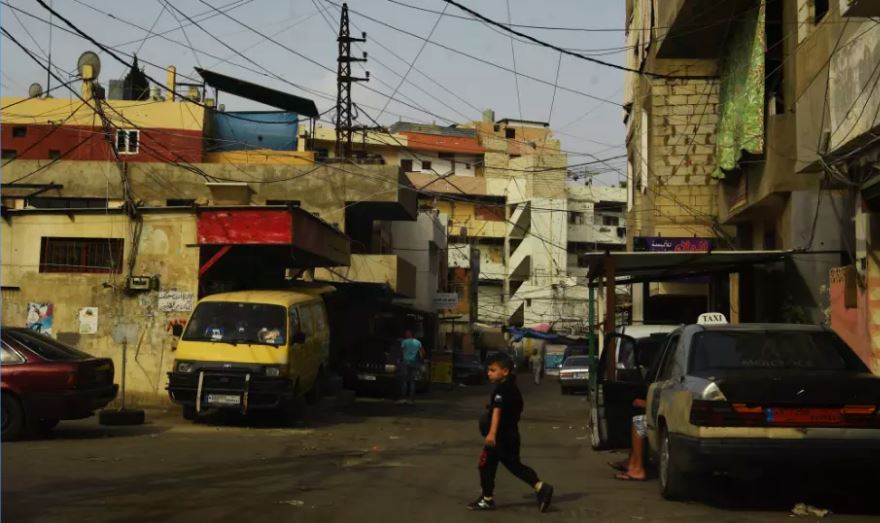Sidon, Lebanon: Ain al-Hilweh is not a camp in the way that most Australians recognise the word. There are no tents here. People don’t move in for a few weeks holiday, then pack up and go home.
Here instead there are high walls, checkpoints, apartment buildings, schools, offices and armed men. Lots of armed men. It’s a mini city composed of concrete and thwarted dreams. And, as usual, photographer Kate Geraghty is making a friend.
“W’allah!”, she exclaims, a grin splitting her face, “Aren’t you magnificent?”
A buff young man, striding with a military-style vest and a sub-machine gun down a street, stops and preens for her.
“Can I photograph you?”
When the state of Israel was being formed in 1948, and a war with the Arab world raged, hundreds of thousands of Palestinians fled their homes into neighbouring Lebanon and set up temporary camp. Uneasily, Lebanon let them stay. And as they stayed, their children grew up, and married. And then there were grandchildren, and great-grandchildren, all of whom are still recognised by the United Nations as refugees.
With the help of the international community, they brought in building materials and erected houses, then schools and apartment blocks.
Read the story by Michael Bachelard in The Sydney Morning Herald.
[Editor: Does the author bother to tell us why and how the Lebanese authorities treat the refugees? No, Bachelard prefers to implicate Israel by default for the refugee problem.]

